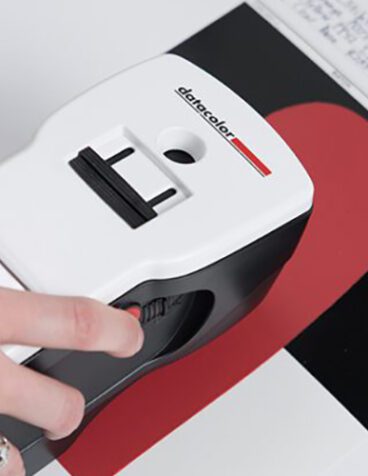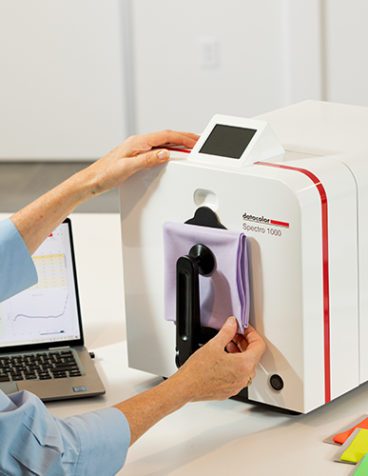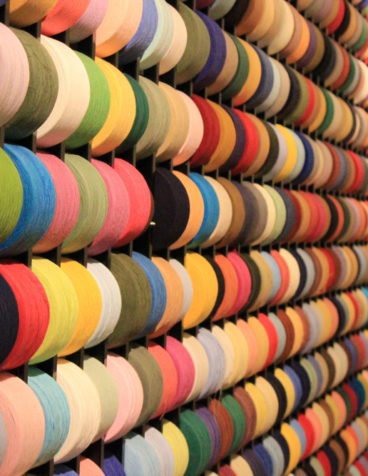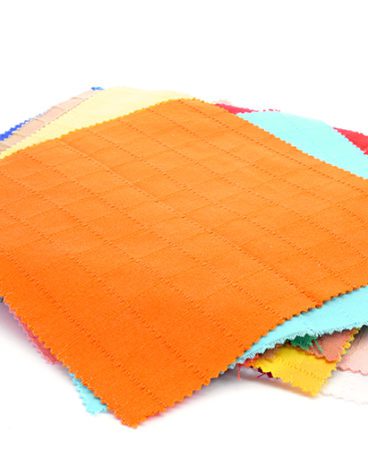You’d never know by looking at the racks of a retail store how difficult it was to get the garment to that stage. Unless you were part of the team responsible for getting it there, of course.
During the Datacolor Textile Summit, one attendee shared that their company is transitioning from a 40-week to a 26-week product lifecycle while another company was facing the pressure of a 32-week development cycle.
These companies are hardly outliers. Retail brands are under constant pressure to condense their product lifecycle and respond to trends at record speed.
Which begs the question: Why does it take so long to bring a garment from a designer’s vision to shelves? It turns out, there are a lot of reasons. Here’s a sampling of the challenges our Textile Summit attendees are facing:
- Only 25-35% of colors from design actually turn into production orders.
- Chasing trends so quickly that there are often three completely different color palettes for one season.
- Miscommunication or misunderstandings of what color is needed, causing color corrections.
- Time pressure leads to less accurate decisions that need to be fixed farther into the production process—leading to more time pressure.
- Throughout the production cycle, communication happens in the form of spreadsheet comments, calls, emails, or a combination of the three. As a result, a lot of things get lost.
- Excel data gets corrupted once every two or three years.
- The calendar is shortening so much that suppliers only have time for one round of lab samples.
- Pre-dipping could be useful for getting ahead of orders. But designers put in pre-dip requests for everything and there isn’t enough time for production.
- Requests to formulate new colors when there is already a close match in the brand’s library. Often, the final color is only different from the original by a couple of percentage points.
- Waiting for submits to come in from oversees, which adds 1-2 weeks to the calendar.
- Flying overseas each season to do on-site approvals and re-strikes.
Over time, digital color communication can help minimize many of these roadblocks and the pressure they cause. It can also help the production process move faster and likely cut costs as a result.





